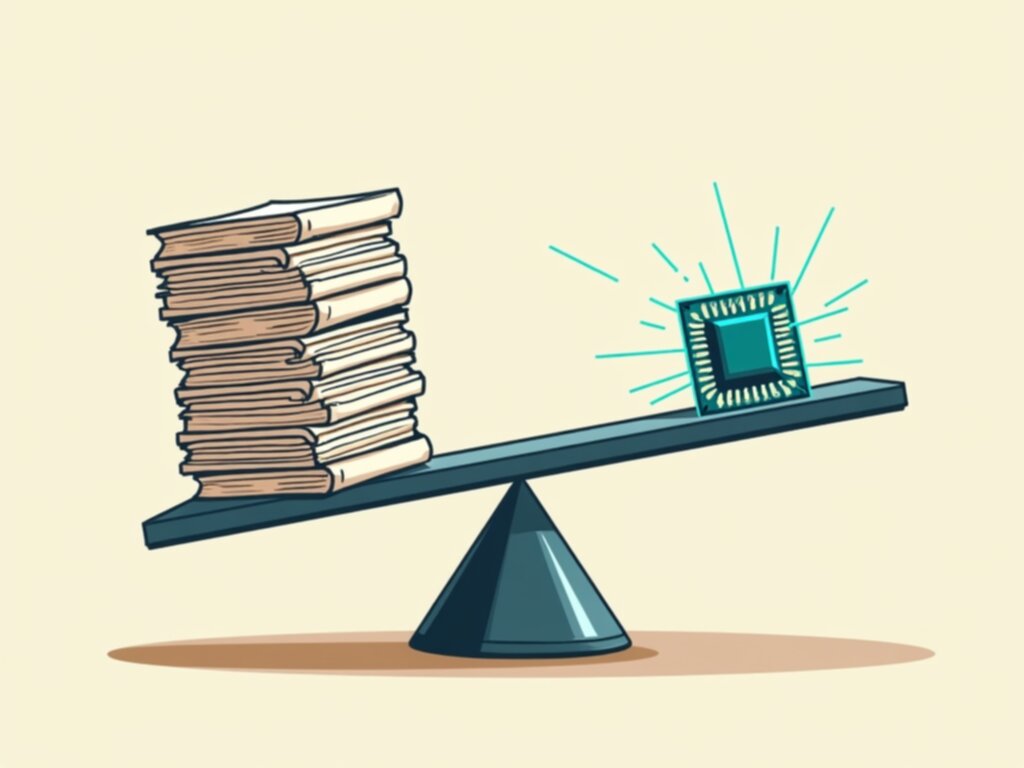The Evolution of Bluetooth From 1994 Concept to 2024 Ubiquity

It’s fascinating to trace the lineage of technologies we now take for granted, those invisible threads connecting our digital lives. Think about the sheer volume of wireless data moving around us right now—audio streams, peripheral control signals, location pings—and consider that a substantial portion of this low-power communication owes its existence to a rather humble specification born from a very specific industrial necessity back in the mid-nineties. I remember first encountering the early specifications, and frankly, the initial ambition seemed almost quaint compared to what we see today. We are talking about a technology that promised to replace serial cables, a relatively mundane goal at the time, yet the architecture they laid down proved remarkably elastic.
When we look back at the original concept documents from the mid-1990s, the goal was straightforward: create a low-power, short-range wireless link for connecting PCs and mobile devices, primarily for data exchange and eventually voice. The standardization effort, spearheaded by Ericsson, Nokia, and others, aimed for interoperability across different manufacturers, a notoriously difficult hurdle in the nascent digital device market. What strikes me now is the sheer foresight involved in establishing the frequency hopping spread spectrum technique operating in the 2.4 GHz Industrial, Scientific, and Medical (ISM) band. This was a smart move, offering some inherent resistance to interference, even if early implementations suffered from that very issue when competing with Wi-Fi. The initial data rates were painfully slow by today's standards, barely exceeding 1 Mbps, but the foundational protocol stack was designed with modularity in mind, anticipating future expansion. It wasn't just about cable replacement; it was about creating a ubiquitous, short-range mesh capability that didn't require complex network configuration. Reflecting on those early profiles, like the Headset Profile (HSP) or the Serial Port Profile (SPP), they seem so restrictive now, yet they were the building blocks for everything that followed.
The transition from that initial 1.0 specification to the widespread adoption we observe now involves several critical inflection points, not just linear improvements in throughput. The introduction of Bluetooth Low Energy (BLE) around the Bluetooth 4.0 specification was arguably the most significant architectural shift, moving beyond the traditional connection-oriented approach of Classic Bluetooth. BLE was specifically engineered for intermittent data bursts and extremely low power consumption, making battery-operated sensors and beacons viable for years on coin cells. This opened up entirely new application spaces, moving the technology firmly out of the desktop accessory domain and into the world of wearables, fitness trackers, and industrial monitoring. Furthermore, the adoption of mesh networking capabilities within the Bluetooth specification allowed devices to relay messages beyond the direct range of a central hub, creating localized, self-healing networks. It’s easy to overlook the standardization work required to ensure that a sensor from one company could reliably communicate with a gateway from another, especially across different power states. The continuous refinement of coexistence mechanisms, particularly regarding its relationship with Wi-Fi operating on the same ISM band, has been a continuous, often invisible, engineering battleground. Even the recent specifications focusing on spatial awareness and direction finding show how the core radio technology has been repurposed and refined for more complex tasks than simply streaming audio.
Let's consider the ubiquity aspect in the present context—it's almost an assumed utility, like running water for digital devices. Nearly every modern smartphone, tablet, and laptop integrates this radio technology, often supporting multiple simultaneous connections across both Classic and LE modes. This dual-mode capability is key to understanding its current dominance in personal area networking; a single chip handles the high-bandwidth audio connection while simultaneously managing low-power sensor polling without significant power drain. The sheer variety of profiles now available—from secure connections for payment systems to standardized methods for sharing device location—demonstrates how the initial simple framework has been stretched and specialized over three decades. I find myself constantly reviewing the specification documents to track how seemingly minor changes in timing or packet structure have resulted in massive gains in stability and range. It’s a testament to the original designers that the basic packet structure remains recognizable, even as the modulation and power management techniques have undergone radical overhauls. The current focus seems to be heavily directed toward deterministic networking capabilities, aiming to provide stricter timing guarantees, which is essential as we integrate these links into more time-sensitive control systems.
More Posts from patentreviewpro.com:
- →Evolution of Mexico's MX Code From Patent Documentation Standards to Global Digital Identity
- →Patent Analysis Reveals Implicit Cause-Effect Relationships in Medical Device Innovation
- →The Evolution of Priority Rights in Global Patent Systems A 2024 Analysis
- →Ireland's Advanced Innovation Patents How EU Membership Transformed Irish Technology Development Since 1973
- →How Hexamethylenediamine's Unique Melting Point Properties Revolutionized Modern Nylon Patent Applications
- →Hypothetical Patent Scenarios Exploring Theoretical Innovations in Intellectual Property